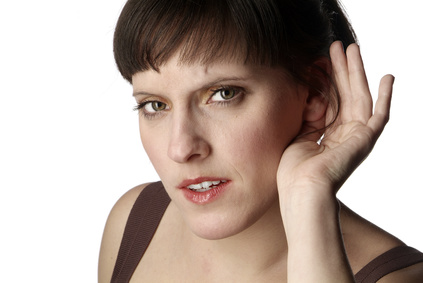When is a sound mark distinctive under EU law? The B. Braun decision of EUIPO’s Board of Appeal
The Board of Appeal of the EUIPO has confirmed that registrability requirements for sound marks must be evaluated with the same criteria that apply to other kinds of mark: a sound mark is distinctive if it allows consumers to recognise products and services as originating from a particular enterprise.
Sound marks may be registered as trademarks of the European Union (EU), and as for other kinds of EU trademarks, registrability requirements for a sound mark are that it must be new and possess “distinctive character”, meaning that it must allow the relevant consumer to identify the goods or services as originating from a particular enterprise.
The application for registration must include a sound file reproducing the sound (JPG and MP3 formats are accepted) or an accurate representation of the sound in musical notation.
The refusal of the European Union Intellectual Property Office (EUIPO) to register a sound mark is the object of the decision in case R 2821/2019-1 of the EUIPO’s Board of Appeal (BoA), issued on 23 July 2020. The BoA held in favour of the registrability of the sound mark in question, essentially confirming that with regard to the distinctive character of sound marks, the European Union trade mark regulation does not establish any particular criteria for the assessment of distinctive character or other grounds for refusal.
The B. Braun sound trademark application
B. Braun Melsungen, manufacturer of medical devices, had applied for registration of this sound as a trademark of the EU for goods and services relating to medical devices, software and electronics.
The examiner of the EUIPO had refused registration for part of the goods and services, finding that the sign lacked distinctive character because it would not be recognised or memorised by the relevant consumers, and that the sign was too commonplace with reference to other sound sequences usually signalling the starting of electronic devices.
The decision of the EUIPO Board of Appeal
The BoA quoted the case law of EU courts concerning sound marks and concluded that the distinctiveness requirement is fulfilled if the sound sequence for which registration is sought allows the relevant consumer to recognise the goods and services as originating from a particular enterprise.
In the case at issue, the goods and services are intended for average consumers as well as consumers that are experts in particular in the sectors of IT, health and medical or sanitary preparations, therefore a public with an average or high level of attention towards such products.
The BoA also found that the sound sequence for which registration was sought is short and memorable, but not too short for it to be perceived as a sign at all, and that it is not a sequence generally used at the start of electronic devices – an assertion that the examiner did not provide proof for. The decision also points out that the very fact that many electronic devices produce a sound sequence when started means that consumers are used to hearing them, and perceive them as an indication of the product’s origin, providing that the sound sequence is memorable. The sound for which registration was sought, according to the decision, is a rhythmic jingle of four sounds which, far from being a mere signal of operation, will most likely be remembered by consumers.
The BoA thus annulled the decision of the examiner, who had erred in refusing registration for B. Braun Melsungen’s sound mark on the ground of lack of distinctive character.
Related content
Flash news – A sound trademark should sound like a trademark, says EU General Court
